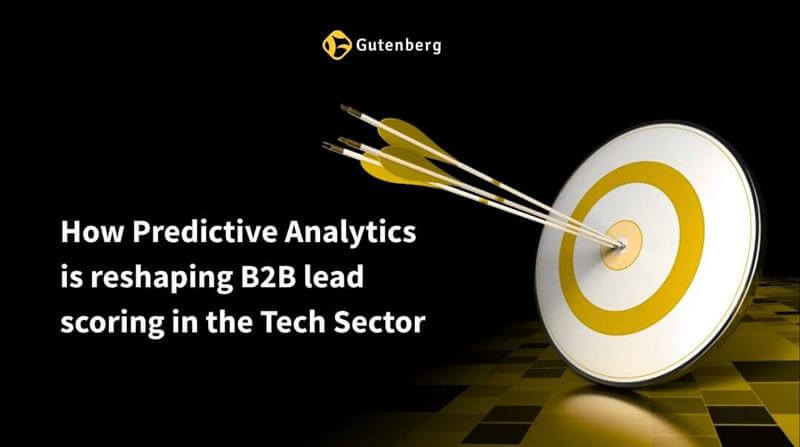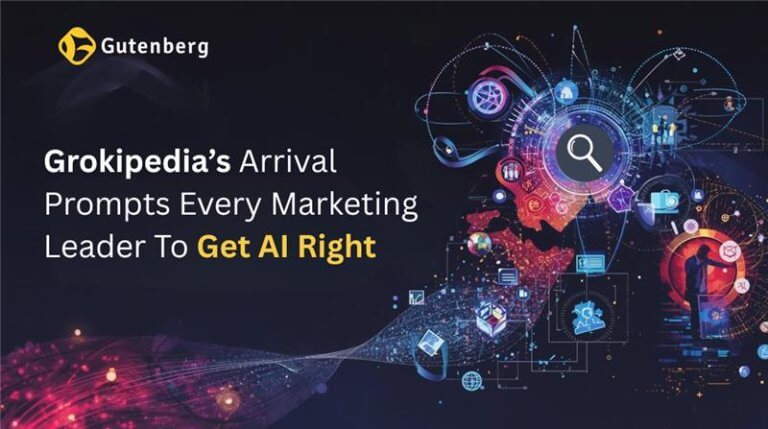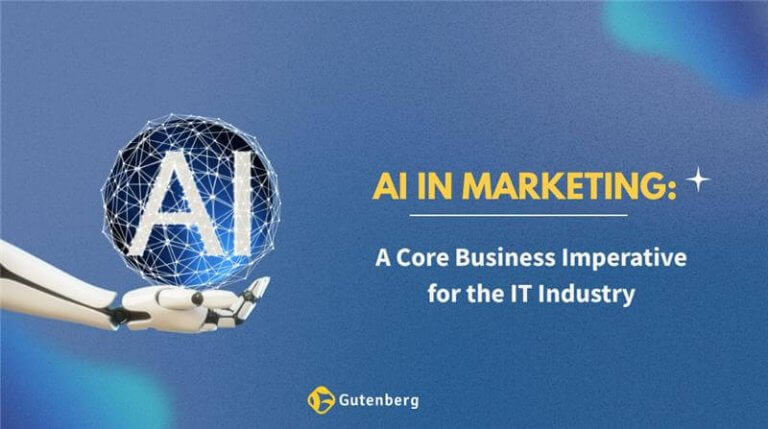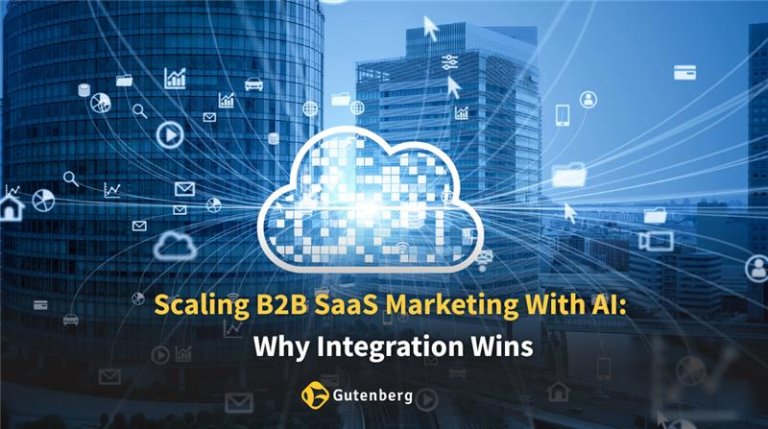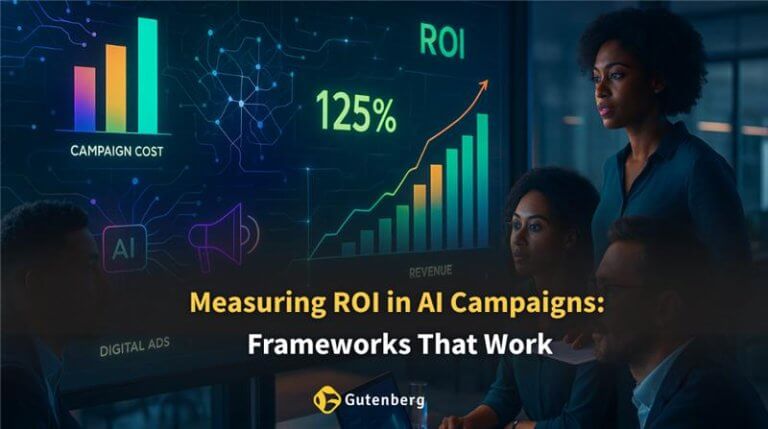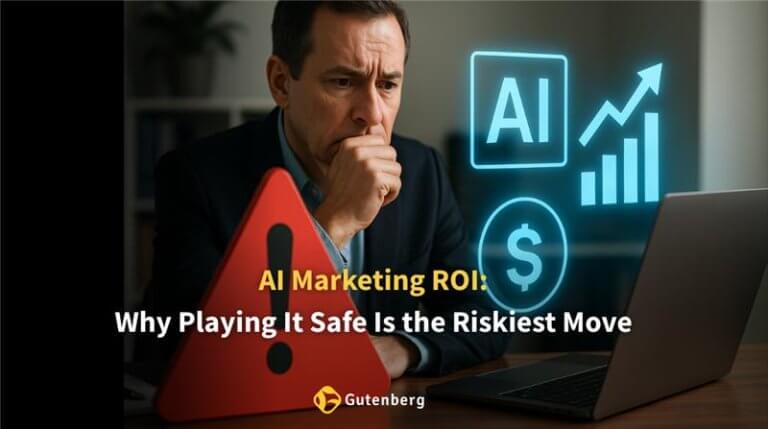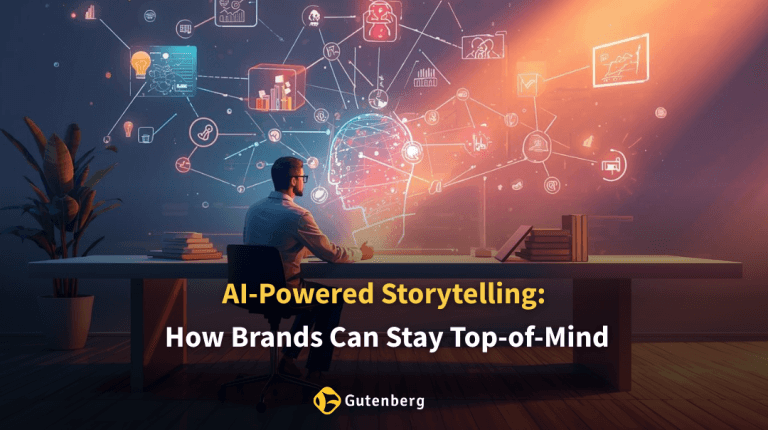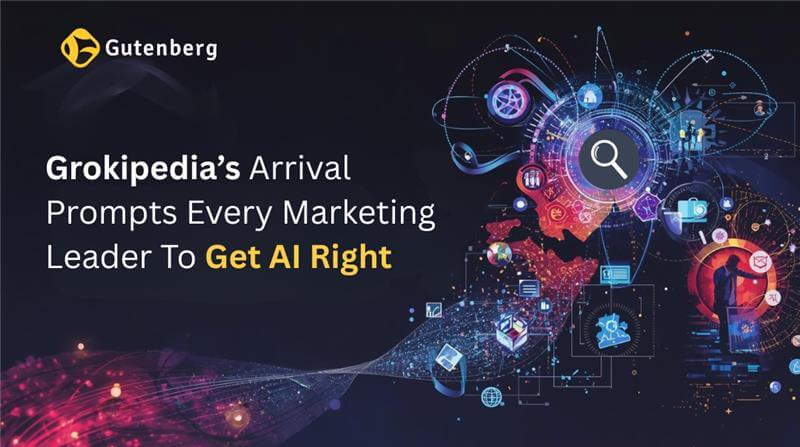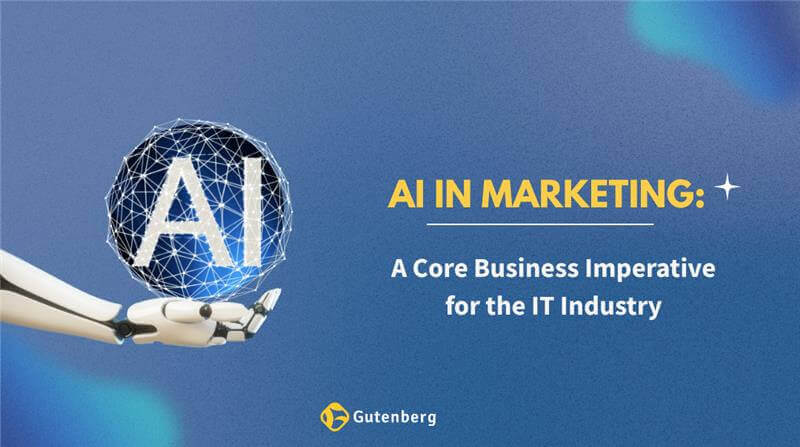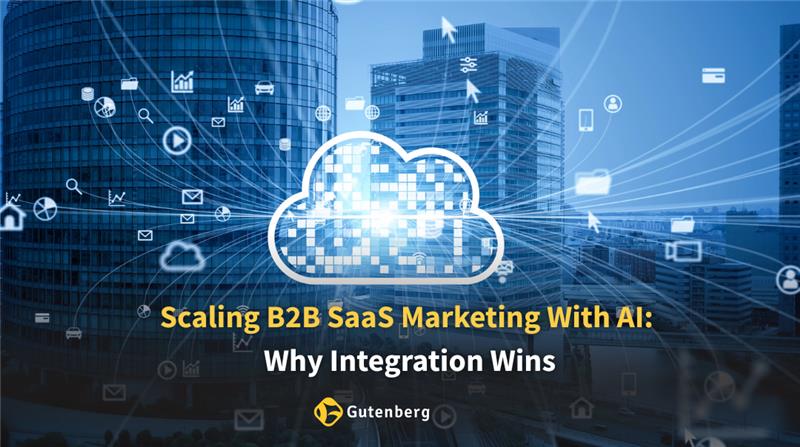In the B2B tech sector, where buyer journeys are long, stakeholders are many, and deals are high-stakes, lead scoring can make or break pipeline efficiency. Traditional lead scoring models that depend on demographic details or basic engagement signals no longer meet the pace or complexity of modern sales cycles. Businesses now need systems that go beyond educated guesses and offer real-time, actionable insights.
This is where predictive lead scoring steps in. Fueled by artificial intelligence, behavioral tracking, and intent signals, it helps sales and marketing teams focus their efforts where they matter most. In this blog, we explore how predictive analytics is transforming lead scoring, the core technologies behind it, how it improves B2B lead prioritization, and what it means specifically for tech companies.
What Is Predictive Lead Scoring and Why It Matters
At its core, predictive lead scoring uses historical and real-time data to forecast which leads are most likely to convert. Instead of assigning arbitrary values to actions like email opens or job titles, predictive systems analyze thousands of data points to score leads more accurately.
For example, in a tech company, a lead that visits your pricing page five times within a week and downloads a whitepaper on software migration is likely more sales-ready than one who simply opens your newsletter. Predictive models help identify these nuances at scale.
This matters in the tech sector, where decision-making cycles are longer, and every lead can represent significant revenue. Tech sector analytics makes these models even more powerful, bringing in behavioral patterns and market-specific signals to refine scoring.
Core Elements Behind Predictive Lead Scoring
To understand how predictive lead scoring works, it helps to break down its building blocks. These systems are typically powered by a combination of three scoring types:
AI-Based Scoring Models
- Use machine learning to identify lead patterns based on past data
- Continuously improve with every new interaction
- Score leads not on isolated actions but on full behavioral patterns
Behavioral Scoring
- Tracks on-site and in-product engagement like webinar attendance, page visits, or demo sign-ups
- Offers clear signals of how engaged and ready a lead might be
- Useful for identifying mid-funnel and late-funnel interest
Intent Data Scoring
- Pulls in third-party data about search behavior, competitor comparisons, or industry trends
- Helps spot high-intent leads even before they reach out
- Adds external validation to internal engagement metrics
These components don’t work in isolation. Together, they feed into a unified model that provides a more nuanced understanding of each lead’s likelihood to convert.
How Predictive Lead Scoring Improves B2B Lead Prioritization
Once implemented, predictive lead scoring helps companies get sharper about who to reach out to and when. Instead of spreading sales efforts thin across all MQLs, teams can concentrate on high-scoring leads who are closer to making a purchase.
Identifying High-Intent Leads: Predictive models analyze behavioral data—such as content engagement, website visits, and email interactions—to detect which leads are showing buying signals. Instead of relying solely on static data like job titles or company size, marketers can now identify dynamic intent patterns. This enables the sales team to prioritize conversations with leads that are not just a fit but are also actively exploring solutions.
Reducing Pipeline Waste: A major benefit of predictive lead scoring is its ability to weed out low-quality or non-converting leads early in the funnel. By scoring leads based on both fit and intent, B2B marketers can avoid spending time and resources on accounts that have low potential. This focus improves efficiency across the sales and marketing funnel—reducing cost-per-lead and increasing ROI from campaigns.
Boosting Sales-Marketing Alignment: When marketing teams use predictive insights to hand off leads, sales teams are more likely to find those leads relevant and ready for conversion. Predictive lead scoring establishes a common set of criteria for what makes a lead “qualified,” helping align efforts between demand generation and revenue teams. This alignment not only improves conversion rates but also enhances trust and collaboration between departments.
Sales intelligence tools amplify this further by integrating scoring data into CRMs or outreach platforms, making it easier for teams to act fast. The result? Shorter sales cycles, better conversions, and more efficient use of time and resources.
Why Predictive Lead Scoring is Especially Valuable for Tech Companies
In the tech space, complexity is the norm. Products are often customized, decision-making units include multiple people, and buyer journeys span weeks or months. That makes traditional scoring methods less effective.
Tech sector analytics help tackle this:
- Train models to identify behaviors that indicate readiness in complex sales
- Use historical tech buyer journeys to fine-tune scoring accuracy
- Spot signals that human reps may overlook in high-volume funnels
Also, tech companies often generate high volumes of leads through webinars, gated content, and trials. AI-based scoring models can analyze these at scale, highlighting patterns no human could spot manually.
Challenges in Implementing Predictive Lead Scoring
Data Quality and Integration: Models rely on unified, clean, and comprehensive data sources. Gaps in behavioral tracking or CRM syncs can reduce scoring reliability. Companies should audit current data practices before rolling out predictive tools.
Organizational Alignment: Marketing and sales must be aligned on lead definitions. Predictive systems still require human collaboration and shared goals. Buy-in across functions is essential for long-term success.
Tool Selection: Not all sales intelligence tools are equal. Some are built for scale, others for customization. Choose platforms that match your team’s maturity and needs.
The Future of Predictive Lead Scoring in B2B Tech
As tech buying behavior grows more digital and less linear, predictive lead scoring will continue to evolve. Some trends to watch include:
- More real-time scoring updates based on live interactions
- Greater use of intent data scoring from third-party sources
- Seamless integration of behavioral scoring into all digital touchpoints
- Wider use of AI-based scoring models in sales enablement platforms
These developments will make lead prioritization even more accurate, helping teams focus their energy where it counts.
Why Tech Companies Choose Gutenberg
Building a predictive lead scoring system is not just about installing a tool. It’s about rethinking how your teams capture, read, and act on intent. That’s where we come in.
At Gutenberg, we work with B2B tech companies to build predictive lead scoring frameworks that align with their business models. From identifying data gaps to setting up sales intelligence tools, we ensure that your scoring strategy supports both marketing efficiency and sales performance.
Need to build a scoring model that delivers qualified leads to sales?
Talk to us.
Conclusion
Predictive lead scoring is no longer optional for B2B tech companies looking to improve targeting and close rates. By combining AI-based scoring models, behavioral scoring, and intent data scoring, teams can develop a more intelligent, data-driven way to qualify leads.
When combined with smart tools and clean data, this approach transforms B2B lead prioritization from a guesswork-based task to a strategic advantage. For tech companies managing complex pipelines and longer deal cycles, the payoff can be substantial.
Frequently Asked Questions
Q1. What is predictive lead scoring and how does it work?
Predictive lead scoring uses AI and data analytics to evaluate the likelihood of a lead converting into a customer. It analyzes behavioral signals, intent data, and historical patterns to assign a score, helping sales teams prioritize more accurately.
Q2. How is predictive lead scoring different from traditional lead scoring?
Unlike manual or rules-based systems, predictive lead scoring uses machine learning to process thousands of data points. It goes beyond static criteria and adapts over time, making it more precise for modern B2B lead prioritization.
Q3. Why is predictive lead scoring important for tech companies?
Tech companies often deal with long sales cycles, complex buyer journeys, and large lead volumes. With tech sector analytics and scoring models, they can identify high-potential leads earlier and reduce wasted effort on low-fit prospects. Gutenberg helps B2B tech businesses set up these frameworks with the right tools and data strategy.
Q4. What tools support predictive lead scoring?
Many sales intelligence tools offer predictive scoring capabilities. These include CRMs with AI add-ons or standalone platforms that integrate behavioral scoring and intent data scoring to enrich lead profiles. Gutenberg works with clients to identify and implement the most effective scoring tools for their workflows.
Q5. Can predictive lead scoring improve sales and marketing alignment?
Yes, by offering a shared, data-driven view of lead quality, predictive lead scoring helps both teams work from the same definitions and goals. This leads to better targeting, clearer handoffs, and improved pipeline movement.
Q6. What kind of data is needed for predictive scoring to work well?
Successful AI-based scoring models require clean, unified data from CRM systems, website interactions, email engagement, and external intent platforms. Incomplete or inconsistent data can significantly lower accuracy. Gutenberg helps companies audit and align their data systems before building out a scoring model.
Q7. How can businesses get started with predictive lead scoring?
Implementing predictive lead scoring starts with assessing data readiness and selecting the right tools. For B2B tech companies that want a model tailored to their sales cycles and funnel stages, working with a partner like Gutenberg can fast-track results.
Smarter lead scoring starts with better data.
Let’s build a predictive model that actually delivers.
Get Started Today

